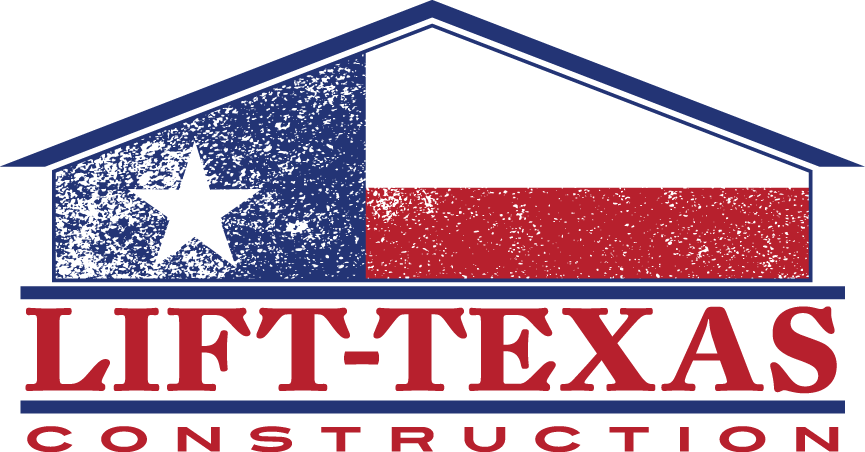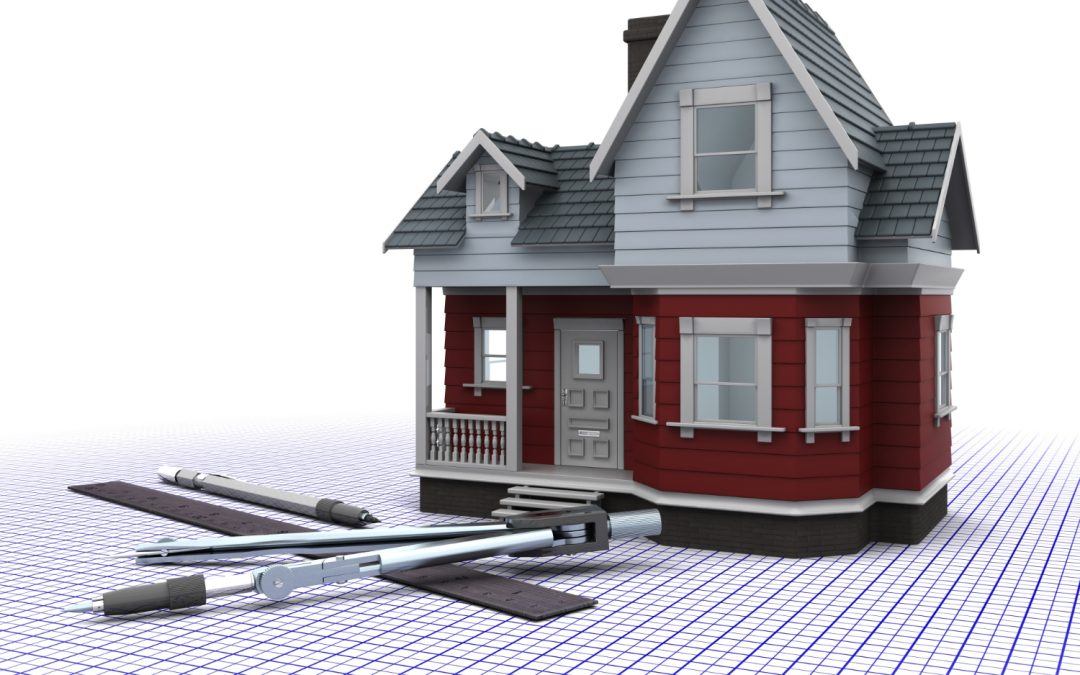The foundation of our home is one of its most important parts. It holds up the entire structure and keeps it stable. Over time, various issues can arise that affect the foundation’s health. Cracks, uneven settling, and water damage are common problems many homeowners face. Understanding what causes these issues and how to fix them is crucial to maintaining a safe and secure home.
Cracks in the foundation can be more than just an eyesore—they can signal serious structural problems. These cracks might happen due to natural settling, changes in soil conditions, or even poor construction practices. Knowing how to identify and address these cracks early on can save us from more extensive repairs down the line.
Water damage can also pose a significant threat to our foundation. Moisture can seep into the foundation through cracks or poor drainage around our home, leading to further deterioration. It’s important to recognize the signs of water damage and take corrective measures promptly to prevent major issues.
Finally, preparing and strengthening our foundation can extend its life and ensure the overall stability of our home. From basic maintenance tasks to more extensive reinforcement techniques, there are several ways we can help our foundation stand strong against various challenges.
Cracks in the Foundation: Causes and Fixes
Cracks in the foundation are often one of the first visible signs of trouble. They can appear for several reasons, and understanding the root cause is crucial for effective repair. One common cause is thermal expansion and contraction. As temperatures change, the materials in the foundation expand and contract. Over time, these movements can create stress points that result in cracks.
Another cause is soil movement. Foundations are built on different types of soil, which can shift due to changes in moisture levels. When the ground beneath a foundation moves, it can create pressure points that lead to cracking. If you notice cracks in your foundation, it’s important to address them quickly to prevent further damage.
To fix small cracks, using a concrete patching compound is often sufficient. Clean the crack thoroughly to remove any debris and apply the patching compound, making sure to smooth it out. For larger cracks or more significant damage, you may need to use techniques like epoxy injection or polyurethane foam injection. These methods involve filling the crack with a material that expands and hardens, providing a long-lasting repair. Addressing the root cause, such as improving drainage around your foundation, will help prevent future cracks from forming.
Dealing with Uneven or Settling Foundations
Uneven or settling foundations can pose significant challenges, including structural damage to your home and safety risks. One common cause of a settling foundation is soil erosion. Poor drainage can lead to water accumulation around the foundation, causing the soil to erode and the foundation to settle unevenly.
Tree roots can also contribute to foundation settling. As roots grow, they can push against the foundation, causing it to move. Additionally, improper soil compaction during construction can lead to settling issues over time. Recognizing these causes early can help us take steps to mitigate the damage.
Several solutions are available to address uneven or settling foundations. One effective method is underpinning, which involves strengthening the foundation by extending its depth or breadth to more stable soil. Hydraulic piers can also be installed to lift and stabilize the foundation, providing support where it’s needed most. For minor settling issues, mudjacking or slabjacking can be used. This process involves injecting a mixture beneath the foundation to lift and level it.
Before implementing any solution, a thorough inspection should be performed to identify the extent of the settling and the best course of action. Addressing the underlying causes, such as improving drainage or trimming tree roots, will help ensure that the solution is effective and long-lasting.
Addressing Water Damage and Moisture Issues
Water damage and moisture can wreak havoc on your home’s foundation. Excess water around the foundation can seep into the concrete, causing cracks and weakening its structure. Common sources of water damage include heavy rainfall, poor drainage, and plumbing leaks. Identifying and mitigating these sources is crucial for maintaining a healthy foundation.
To address water damage, the first step is to ensure proper drainage. Make sure your gutters and downspouts direct water away from your foundation. Consider installing a French drain or a sump pump if you have persistent water issues. Additionally, grading the landscape around your home to slope away from the foundation can help prevent water from pooling around the base.
Another effective strategy is to use waterproofing products. Applying a waterproof sealant to your foundation can block moisture from penetrating the concrete. For more severe water damage, you might need to consult a professional. Various waterproofing systems, including exterior waterproofing membranes and interior drainage systems, can provide long-term protection. Regular inspections will help you catch and address moisture issues before they cause significant damage.
Strengthening Your Foundation for Longevity
Taking steps to strengthen your foundation can ensure it remains stable and secure for years to come. One key strategy is to reinforce the foundation with materials that add strength and stability. Methods such as underpinning, where additional support is added beneath the existing foundation, can help stabilize and strengthen it. Steel or concrete piers are often used in underpinning to provide extra support.
Regular maintenance is another critical component of strengthening your foundation. Conduct routine inspections to identify and repair minor issues before they escalate. Fixing small cracks and addressing drainage problems promptly can prevent more significant structural damage. Additionally, maintaining a consistent moisture level in the soil around your foundation helps mitigate the effects of soil expansion and contraction.
Investing in preventative measures such as root barriers and moisture barriers can also contribute to foundation strength. Root barriers prevent tree roots from encroaching on the foundation, while moisture barriers help regulate soil moisture. By implementing these strategies, you create a more stable environment for your foundation, reducing the risk of damage and prolonging its lifespan.
Conclusion
Identifying and addressing foundation issues early is essential for maintaining the stability and safety of your home. From dealing with water damage to reinforcing your foundation, taking proactive steps can prevent minor problems from becoming major headaches. Regular maintenance, proper drainage, and the use of reinforcing materials all contribute to a stronger, more durable foundation.
When it comes to safeguarding your home’s foundation, don’t wait for issues to escalate. If you notice any signs of foundation damage, reach out to Lift-Texas Construction. We specialize in comprehensive foundation repair and maintenance services tailored to meet your specific needs. Contact us today to ensure the long-term stability and safety of your home.

